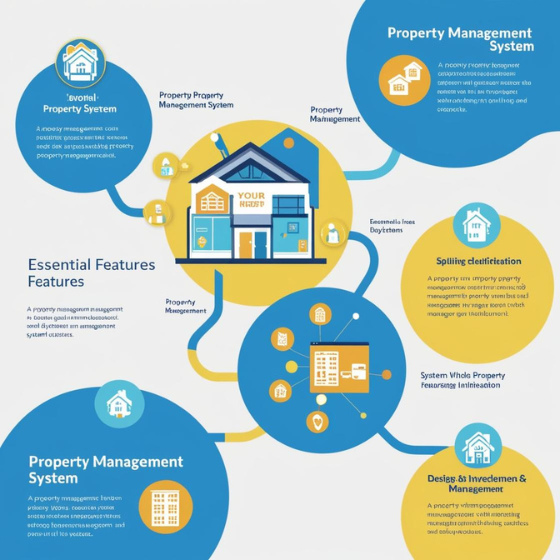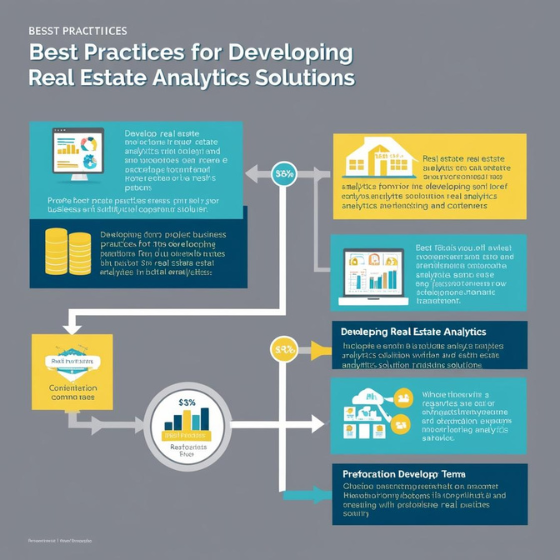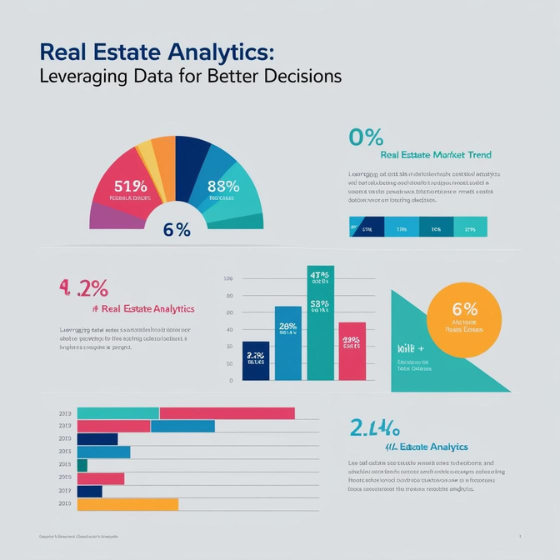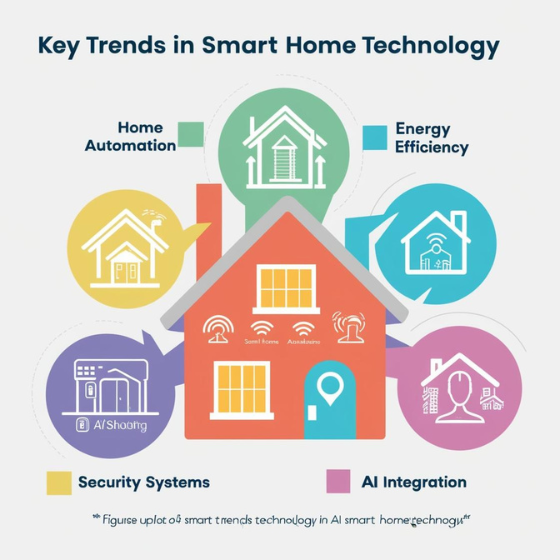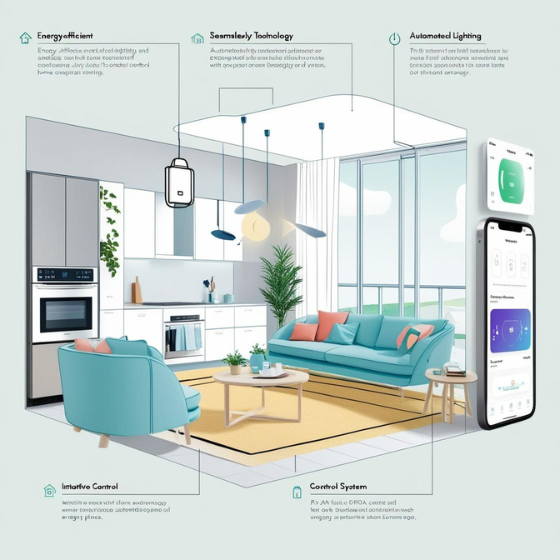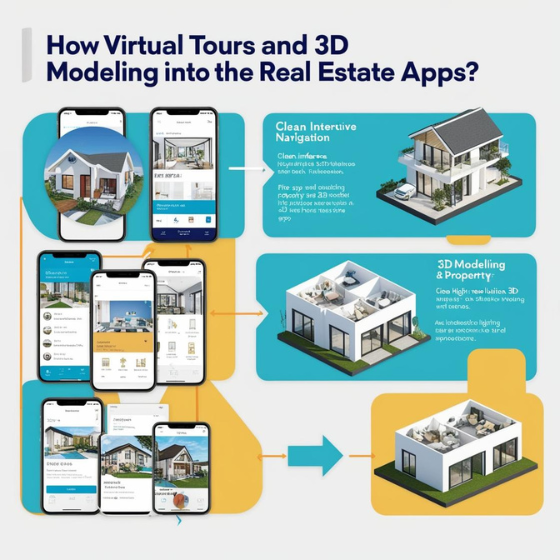Essential Features for Property Management Systems
Introduction
Did you know that adopting a property management system (PMS) can increase operational efficiency by up to 40%? For real estate professionals juggling multiple properties, tenants, and leases, implementing the right technology isn’t just an option—it’s a game-changer.
In this blog, we’ll explore the Essential Features for Property Management Systems that make them indispensable tools for modern real estate operations. By understanding these features, you’ll learn how to streamline tasks, improve tenant satisfaction, and drive profitability. Let’s dive in!
Why Property Management Systems Are a Necessity
Managing properties without a centralized system often leads to inefficiencies, errors, and missed opportunities. A PMS offers a comprehensive solution to these challenges, equipping property managers with tools to oversee day-to-day operations effectively.
Benefits of Property Management Systems
- Streamlined Operations
Automates repetitive tasks like rent collection, invoicing, and maintenance scheduling. - Improved Communication
Provides a direct line between property managers and tenants, ensuring clear, timely communication. - Data-Driven Insights
Offers analytics for informed decision-making, helping you maximize profits and occupancy rates.
For tailored property management solutions, explore Sodio’s Custom Software Development Services.
Core Features Every Property Management System Should Have
Not all property management systems are created equal. Here’s a look at the must-have features that define a truly effective PMS.
1. Lease and Tenant Management
A robust PMS simplifies the process of creating, renewing, and tracking lease agreements. It allows managers to maintain an up-to-date tenant database and automate notifications for rent dues or lease expirations.
- Automate lease renewals and reminders
- Manage tenant histories in a centralized database
2. Financial Management Tools
From rent collection to expense tracking, financial tools are at the heart of a PMS. The system should support multiple payment options, generate detailed financial reports, and ensure compliance with tax regulations.
- Key Features:
- Online rent collection
- Expense tracking and budgeting
- Tax reporting compliance
3. Maintenance Tracking
Maintenance requests are unavoidable in property management. A good PMS should have an intuitive ticketing system that assigns tasks to vendors and tracks the progress of repairs.
- Create and manage work orders
- Assign tasks to the right vendors based on skill and availability
4. Communication Portals
A centralized communication platform allows tenants, managers, and vendors to interact seamlessly.
- Send updates, notices, or maintenance alerts
- Allow tenants to report issues directly through the portal
5. Cloud Accessibility
With the rise of remote work, cloud-based PMS solutions enable property managers to access data and tools from anywhere.
- Multi-device compatibility
- Secure, real-time data syncing
Looking for a custom-built PMS with these features? Learn how Sodio’s Cloud Application Development Services can help.
Real-World Applications of Property Management Systems
To see these features in action, let’s explore real-world examples of how PMS transforms real estate operations.
Case Study: Residential Property Management
A property manager handling over 100 units struggled with late rent payments and disorganized maintenance requests. After implementing a PMS, they automated rent reminders, reduced overdue payments by 30%, and improved tenant satisfaction with faster maintenance resolution.
Case Study: Commercial Property Leasing
A company managing retail spaces used PMS analytics to identify underperforming properties. This insight led to strategic renovations, resulting in a 20% increase in occupancy rates.
Trends Shaping the Future of Property Management Systems
The future of PMS is driven by technology advancements like AI, IoT, and blockchain. Here’s a look at emerging trends:
1. AI-Powered Predictive Analytics
AI tools analyze market trends, tenant behavior, and maintenance data to provide actionable recommendations.
2. IoT Integration
Smart devices connected to PMS enable real-time monitoring of utilities, security systems, and energy consumption.
3. Blockchain for Transparency
Blockchain technology ensures secure, transparent property transactions, reducing fraud risks and increasing tenant trust.
To stay ahead of the curve, explore Sodio’s Blockchain Development Services.
How to Choose the Right PMS
Selecting the perfect PMS for your business is critical. Here’s how to make the right choice:
- Identify Your Needs
- Are you managing residential or commercial properties?
- Do you require advanced analytics or basic automation?
- Assess Scalability
Ensure the PMS can grow with your portfolio. - Prioritize Usability
A user-friendly interface saves time and ensures your team can quickly adapt to the system. - Check for Integrations
The PMS should integrate with existing tools like accounting software and CRMs. - Evaluate Vendor Support
Opt for vendors offering robust customer support and regular updates.
Need help selecting the right system? Contact Sodio for expert advice on building a PMS tailored to your requirements.
Conclusion
Property management systems have become an essential tool for simplifying real estate operations. By integrating features like tenant management, financial tracking, and maintenance automation, these systems empower property managers to focus on growth and tenant satisfaction.
At Sodio, we specialize in developing customized PMS solutions that cater to your unique needs. Ready to transform your real estate operations? Visit our Services Page or Contact Us to learn more.
